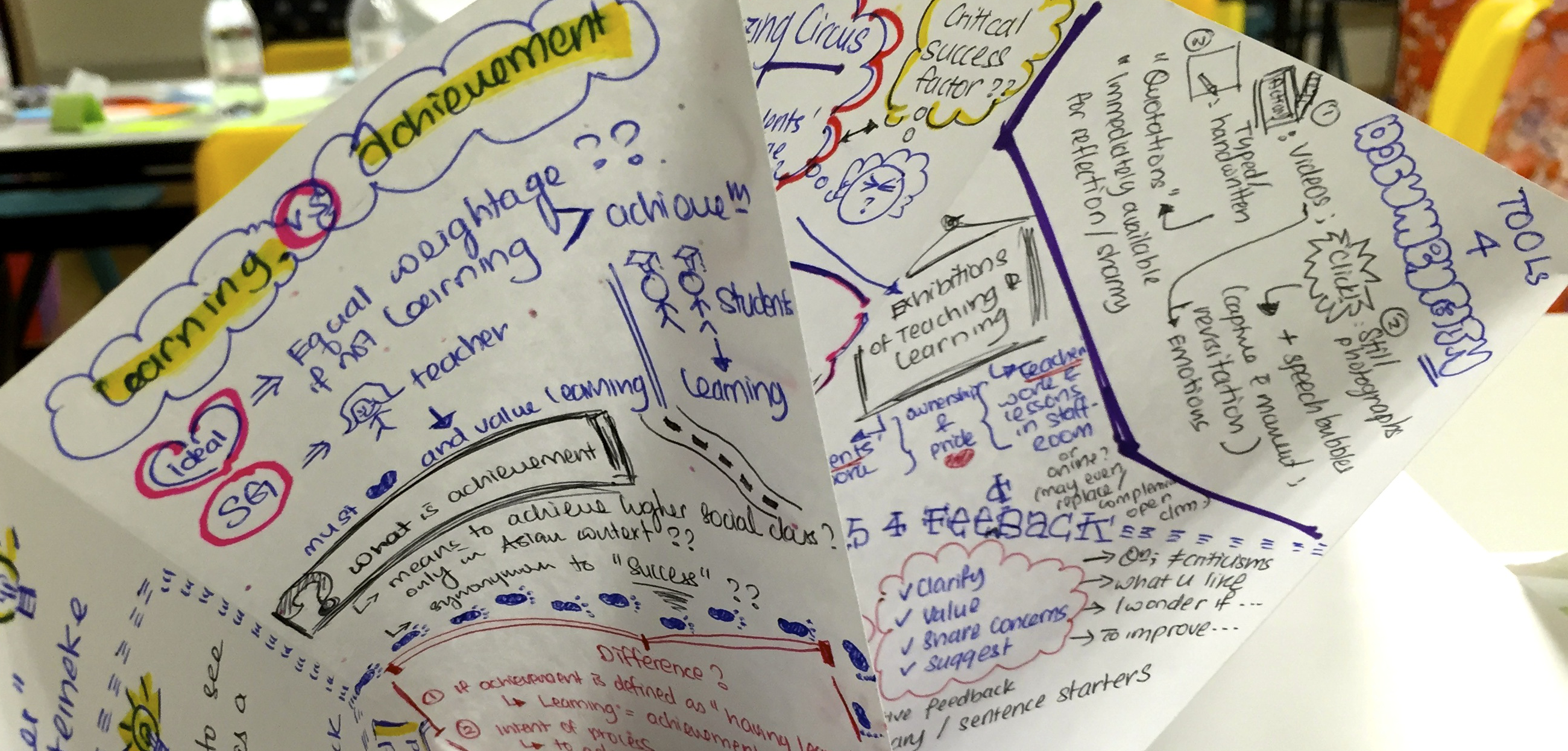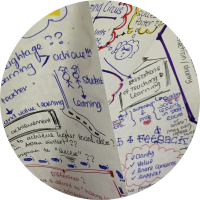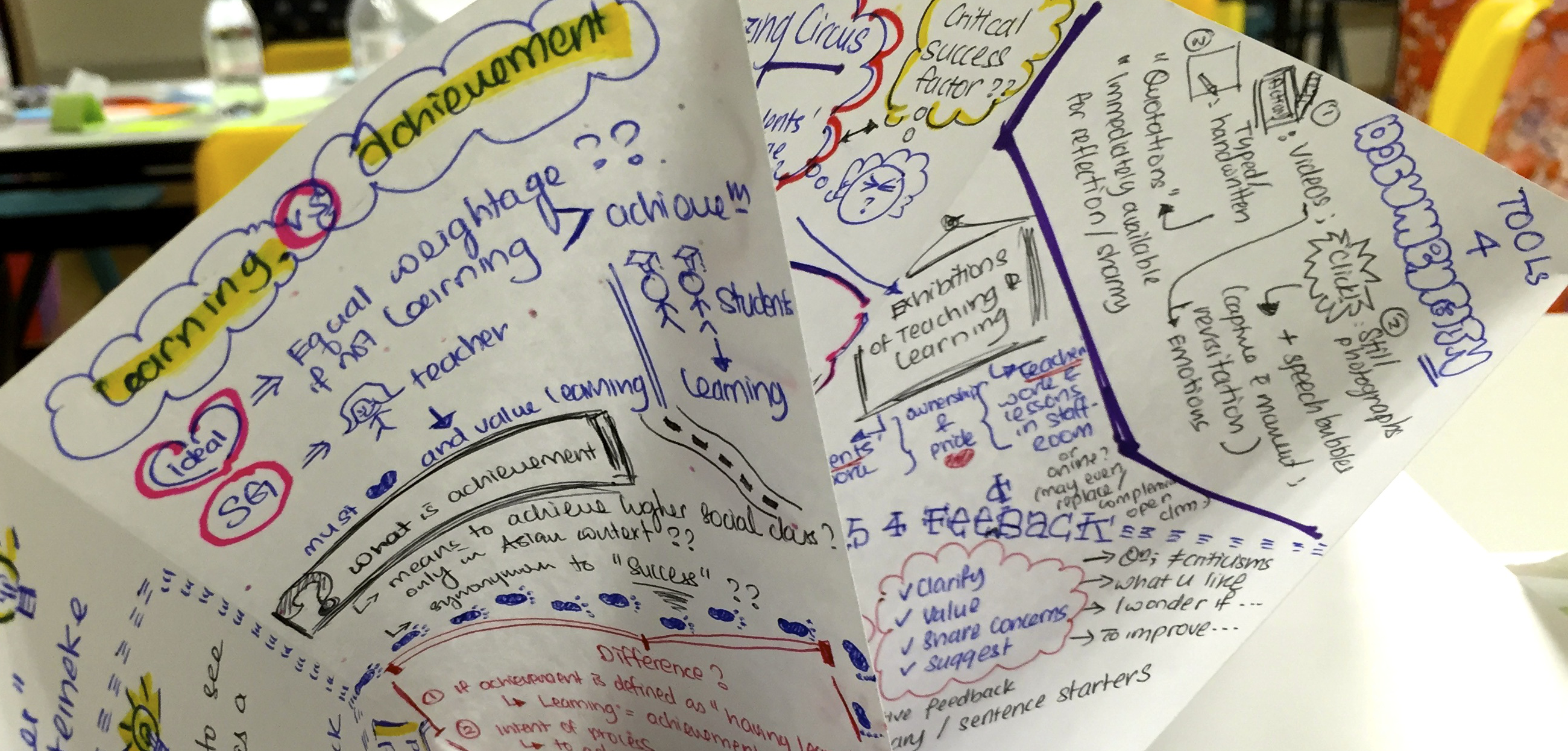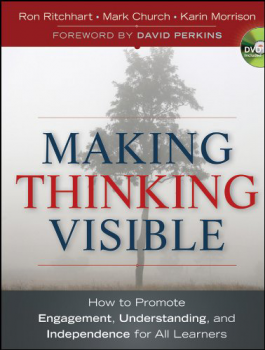- Who We Are
- Topics
- By Subject Area
- dummy
- By Level
- Projects
- Projects Column 1
- Agency by Design
- Aligned Programs for the 21st Century
- Artful Thinking
- Arts as Civic Commons
- Causal Learning Projects
- Center for Digital Thriving
- Citizen-Learners: A 21st Century Curriculum and Professional Development Framework
- Creando Comunidades de Indagación (Creating Communities of Inquiry)
- Creating Communities of Innovation
- Cultivating Creative & Civic Capacities
- Cultures of Thinking
- EcoLEARN Projects
- Educating with Digital Dilemmas
- Envisioning Innovation in Education
- Global Children
- Growing Up to Shape Our Place in the World
- Projects Column 2
- Higher Education in the 21st Century
- HipHopEX
- Humanities and the Liberal Arts Assessment (HULA)
- Idea Into Action
- Implementation of The Good Project Lesson Plans
- Inspiring Agents of Change
- Interdisciplinary & Global Studies
- Investigating Impacts of Educational Experiences
- JusticexDesign
- Leadership Education and Playful Pedagogy (LEaPP)
- Leading Learning that Matters
- Learning Innovations Laboratory
- Learning Outside-In
- Making Ethics Central to the College Experience
- Making Learning Visible
- Multiple Intelligences
- Navigating Workplace Changes
- Next Level Lab
- Projects Column 3
- Out of Eden Learn
- Pedagogy of Play
- Reimagining Digital Well-being
- Re-imagining Migration
- ROUNDS
- Signature Pedagogies in Global Education
- Talking With Artists Who Teach
- Teaching for Understanding
- The Good Project
- The Studio Thinking Project
- The World in DC
- Transformative Repair
- Visible Thinking
- Witness Tree: Ambassador for Life in a Changing Environment
- View All Projects
- Projects Column 1
- Resources
- Professional Development


Cultures of Thinking
Improving learning and collaboration by honing group and individual thinking processes.
We define “Cultures of Thinking” (CoT) as places where a group’s collective as well as individual thinking is valued, visible, and actively promoted as part of the regular, day-to-day experience of all group members. Drawing on previous research by Ron Ritchhart (2002), the CoT project focuses teachers’ attention on the eight cultural forces present in every group learning situation, which act as shapers of the group’s cultural dynamic and consist of language, time, environment, opportunities, routines, modeling, interactions, and expectations. As teachers strive to create cultures of thinking in their classrooms, they can use a variety of methods, including making time for thinking, developing and using a language of thinking, making the classroom environment rich with the documents of thinking processes, and making their own thinking visible, to name a few. In 2005, we began our work at Bialik College by working intensively with two focus groups of eight teachers from various K-12 grade levels and subjects to create a rich professional culture of thinking for teachers. In order to better understand changes in teachers’ and students’ attitudes and practices as thinking becomes more visible in the school and classroom environments, we developed measures of school and classroom thoughtfulness to capture these changes, conducted case studies of teachers, and looked at how students’ understanding of the area of thinking developed. Our research to date has shown that students recognize CoT classrooms as being more focused on thinking, learning, and understanding, and more likely to be collaborative in nature than those of teachers not in the project.






-
-
-
Support PZ's Reach